Gravel racing has exploded in popularity in recent years thanks to the increase in people riding gravel bikes. These wide-tyred, drop-bar machines open up a whole new world of riding possibilities and have also spawned a new bike-racing discipline – gravel racing.
There are now gravel races across all four corners of the globe, from single-day events to multi-stage epics. Crucially, however, gravel racing centres around fun and community just as much as it does competition.
If you’re keen to dip your toe into the blossoming world of gravel racing but don’t know where to start, here’s everything you need to know, including race formats, what you need to get started, why you should give it a go and five of our favourite events.
What is gravel racing?

Defining any part of gravel riding can be difficult and, with such varied formats, terrain and approaches, that’s the case for gravel racing, too.
However, gravel racing sits somewhere between road, cyclocross racing and mountain bike racing. It tends to take place on open gravel roads, dirt doubletracks and snaking singletrack, often with some stretches of paved road to link off-road segments.
Gravel races are rapidly gaining popularity across the world, with a variety of formats, each offering a different flavour and designed to suit a range of riding styles. From day-long races over relatively smooth gravel roads to enduro courses peppered with short and spicy singletrack, there’s something to suit everyone.
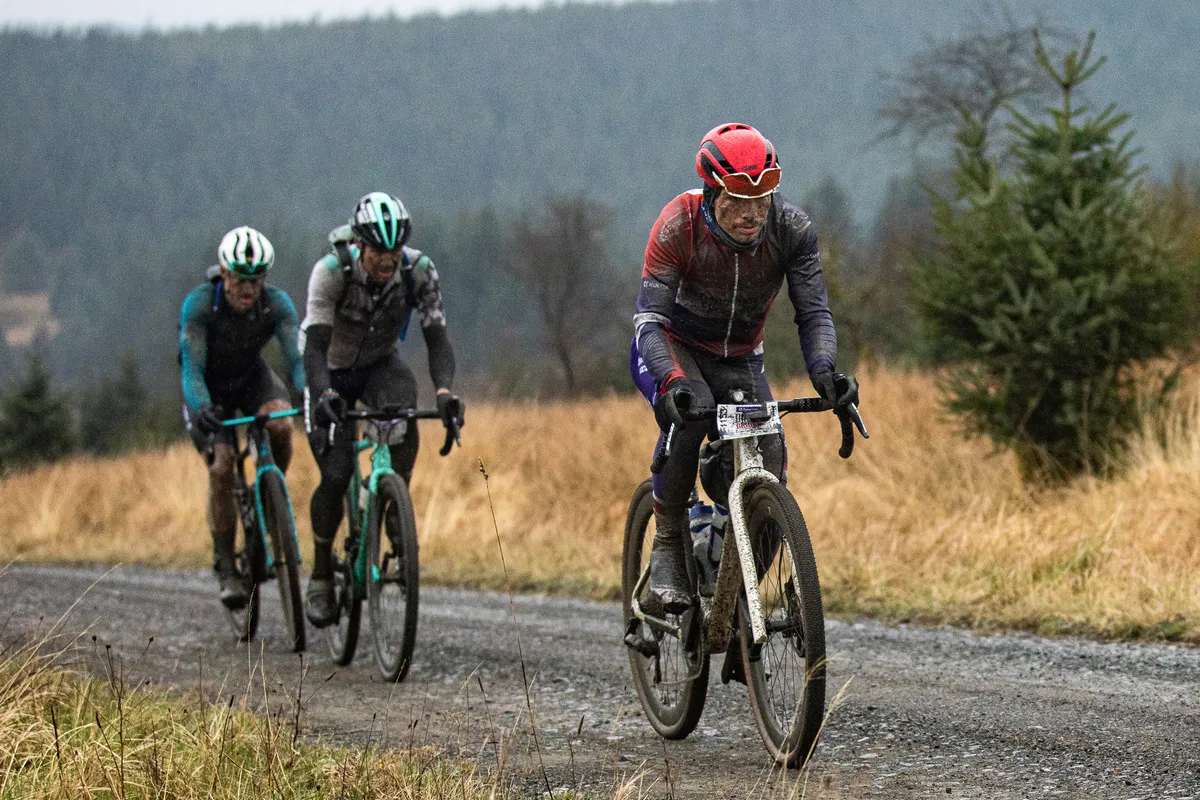
As a relatively new racing discipline, gravel racing has a strong ethos of inclusivity and fun. Although the racing is very competitive at the pointy end (especially with the recent influx of current and ex-pro road cyclists at many popular races), there’s still a keen emphasis on participation, regardless of speed.
Unlike road racing or cross-country racing, gravel races don’t tend to be categorised by ability, so you’re much more likely to see a mass start rather than separate races for ages, genders and bike types. You’re unlikely to find cash pay-outs for podium places at gravel races, but many do have quirky trophies.
Gravel-racing formats
There are three popular formats when it comes to gravel racing, each taking elements from other disciplines.
Single-stage gravel races
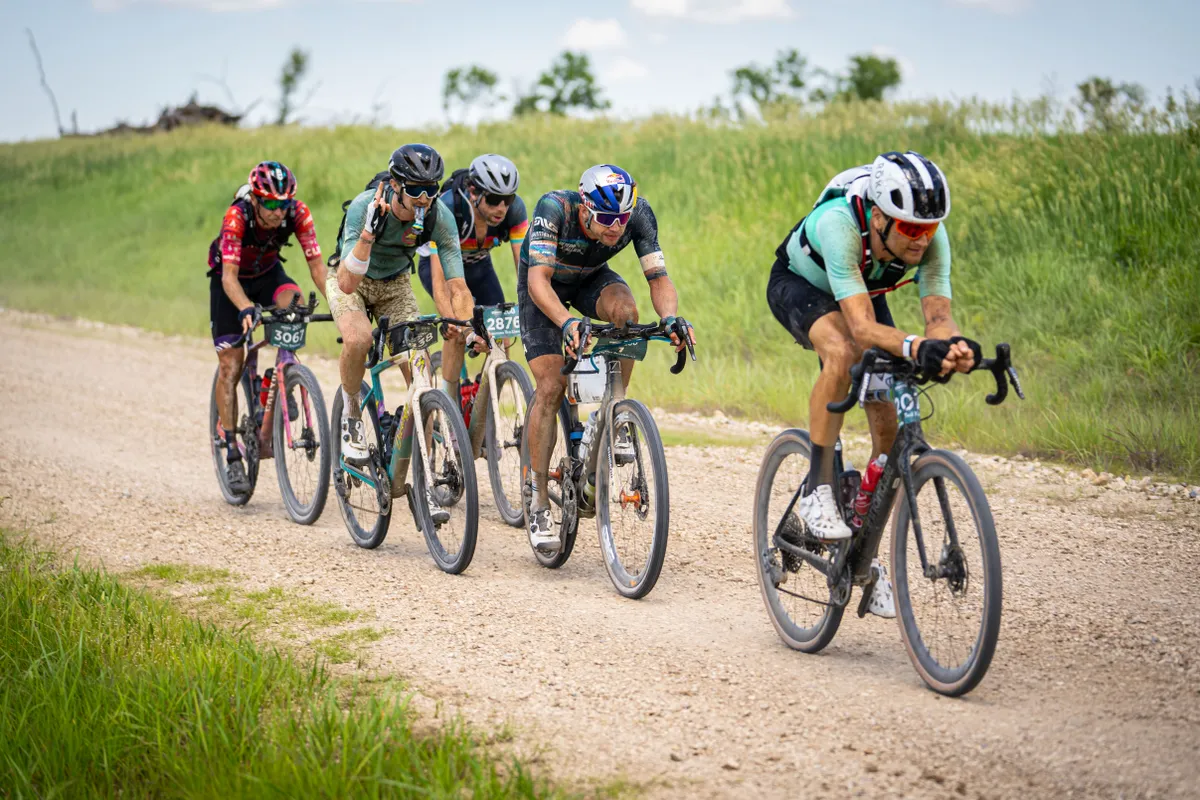
The first and most straightforward format is the single-stage race, where participants compete from the start to the finish line, just like a gran fondo or mountain bike marathon race.
These tend to vary greatly in distance, including much longer events, such as Unbound Gravel’s 206-mile epic.
Most events are mass-start, with a mixed field setting off from the line together, though more competitive events will see split fields, including ones for women.
Enduro-style gravel races

Enduro-style gravel events, pioneered by the Grinduro series, are popular with many riders thanks to the blend of social riding and racing.
Just like MTB enduro racing, riders only compete against the clock during specified segments of the course, which could be climbs, descents, technical tracks or rolling sections.
For the rest of the course, riders can take a more leisurely pace if they wish, because the winners are determined by the riders with the lowest aggregate times over the enduro sections only.
Multi-stage gravel races
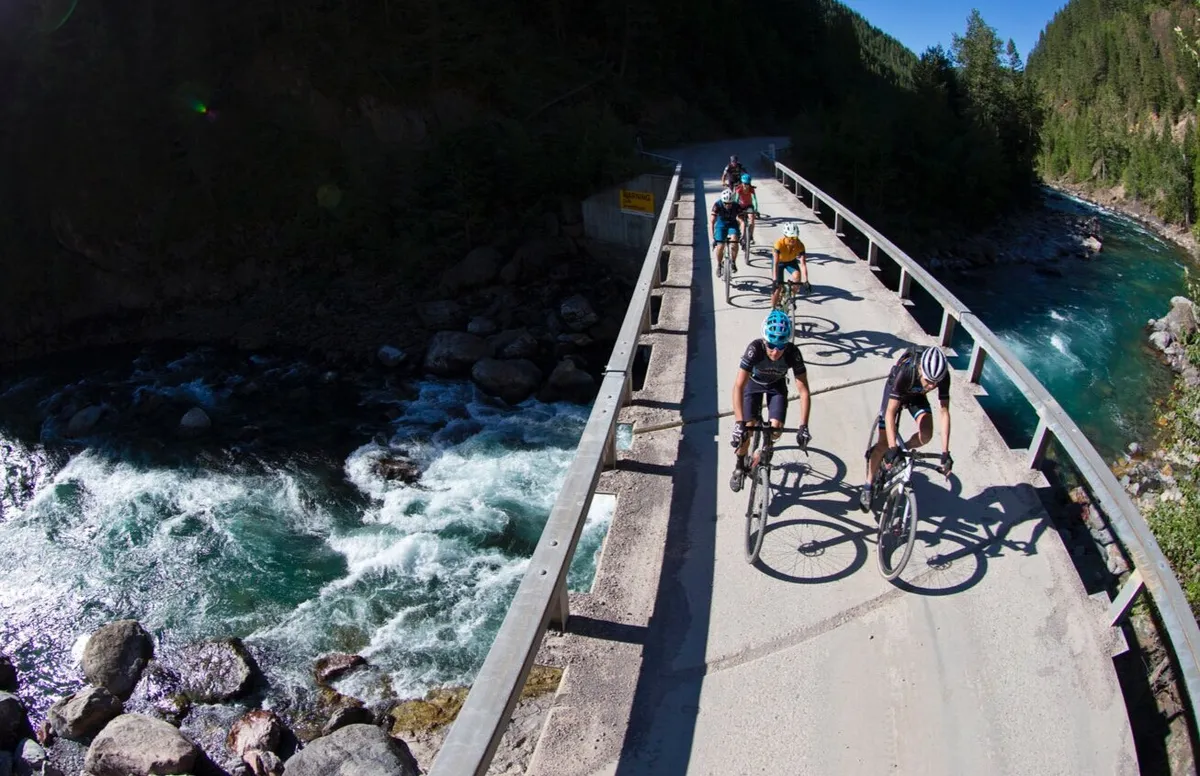
For riders looking for endurance-focused racing, stage races such as the TransRockies Gravel Royale offer a multi-day format that will test the legs day after day.
These multi-stage races can either be self-supported like most bikepacking races, or supported with kit transfers and overnight accommodation options, just like some cross-country MTB or road stage races.
Multi-stage endurance races are often long and tiring, with their self-supported format sometimes requiring you to sleep rough between stages.
How fast are gravel races?
The general pace of a gravel race depends on the format, course profile, terrain and, of course, whether you’re looking at the race leaders or riders who choose to adopt more of a ‘party pace’.
At some of the fastest and most competitive gravel races, often in North America, average speeds can reach eye-watering levels, like ex-road pro Ian Boswell’s 20mph average over 10 hours in the saddle to win Unbound Gravel in 2021.
Gravel racing isn't all about flat-out speed, with generous cut-offs and the emphasis being on finishing a challenge more in keeping with the 'spirit of gravel'.
Why we love gravel racing
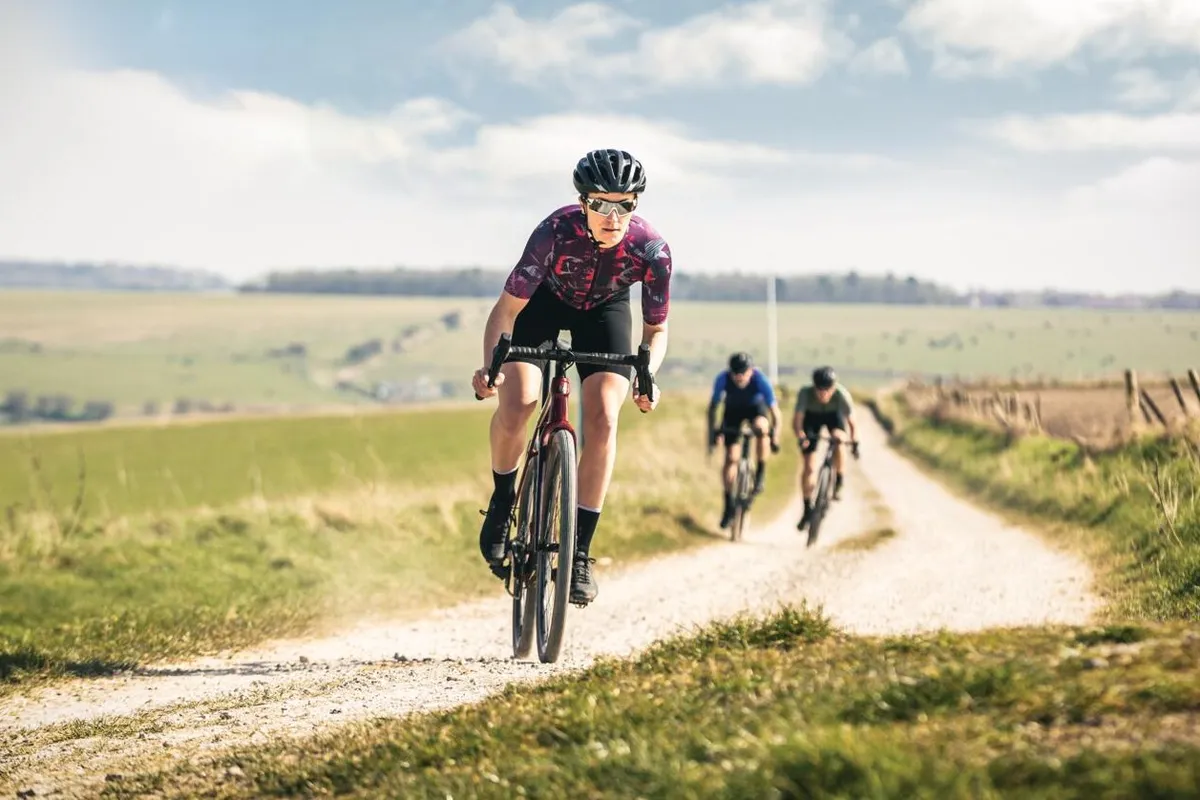
Thrilling, fun and sociable: as a burgeoning discipline, gravel racing has had the opportunity to develop as a 21st century cycling sport independent of historical perceptions, introducing more people to competitive bike racing.
As a sign of how popular gravel bike racing has become, the UCI – cycling's international governing body – now has an officially sanctioned series of mass-participation events and staged the inaugural Gravel World Championships in 2022.
Away from professional events, gravel races cater for a wide variety of riders and ability levels – perhaps more so than any other bike-racing discipline. If you’re keen, you’re in.
Ride whatever bike you like, wear what you like, ride as fast or as slow as you like – gravel is often seen as a much-needed antidote to the unwritten rules spurred from other types of cycling sport.
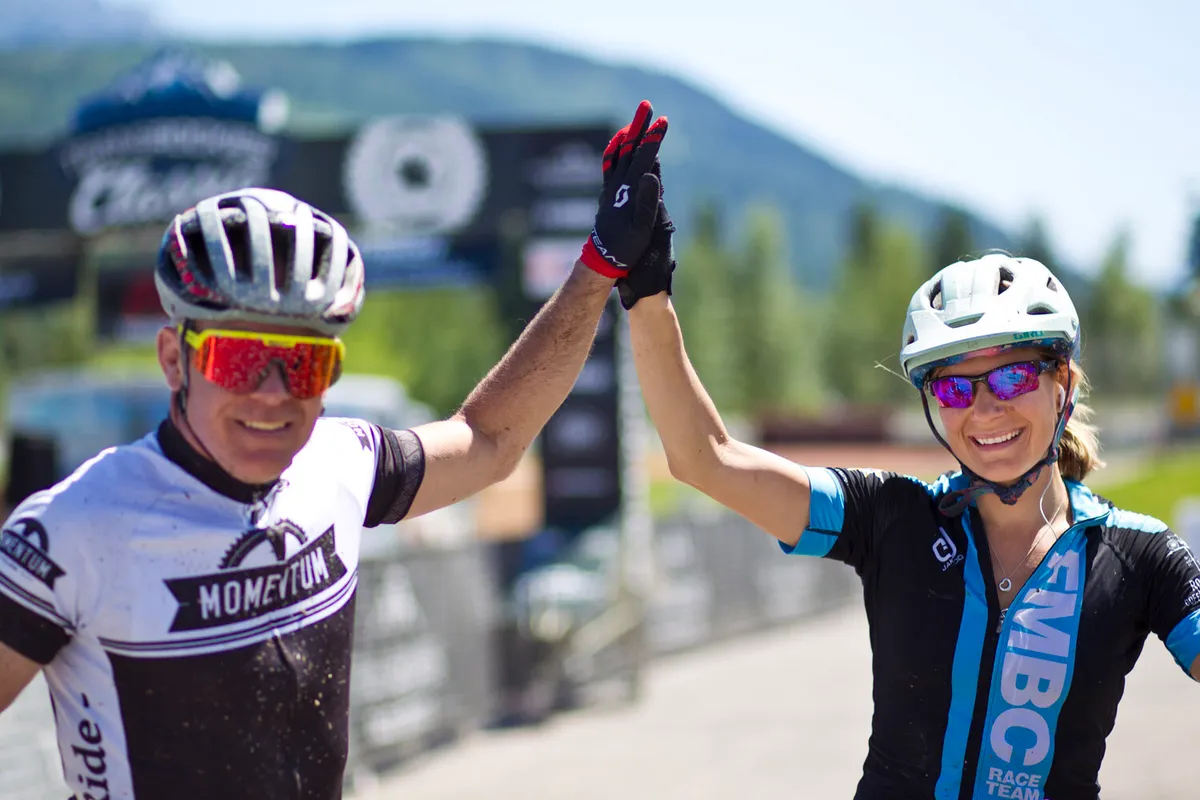
By moving away from traffic onto quieter roads and car-free tracks, gravel riding, and indeed racing, can take you to some spectacularly remote and wild places. Gravel riding tends to take you further from the beaten track than road cycling and typically covers greater distances than most mountain bike races.
Gravel racing gives you the opportunity to get whatever you want out of it, whether that’s the camaraderie of getting round a mammoth course and riding into the early hours of the next day to finish, or blasting around mountainside dirt trails in the hope of a podium position.
What’s true for most riders, though, is that the unique community is key to making gravel racing special.
Do you need a gravel bike?
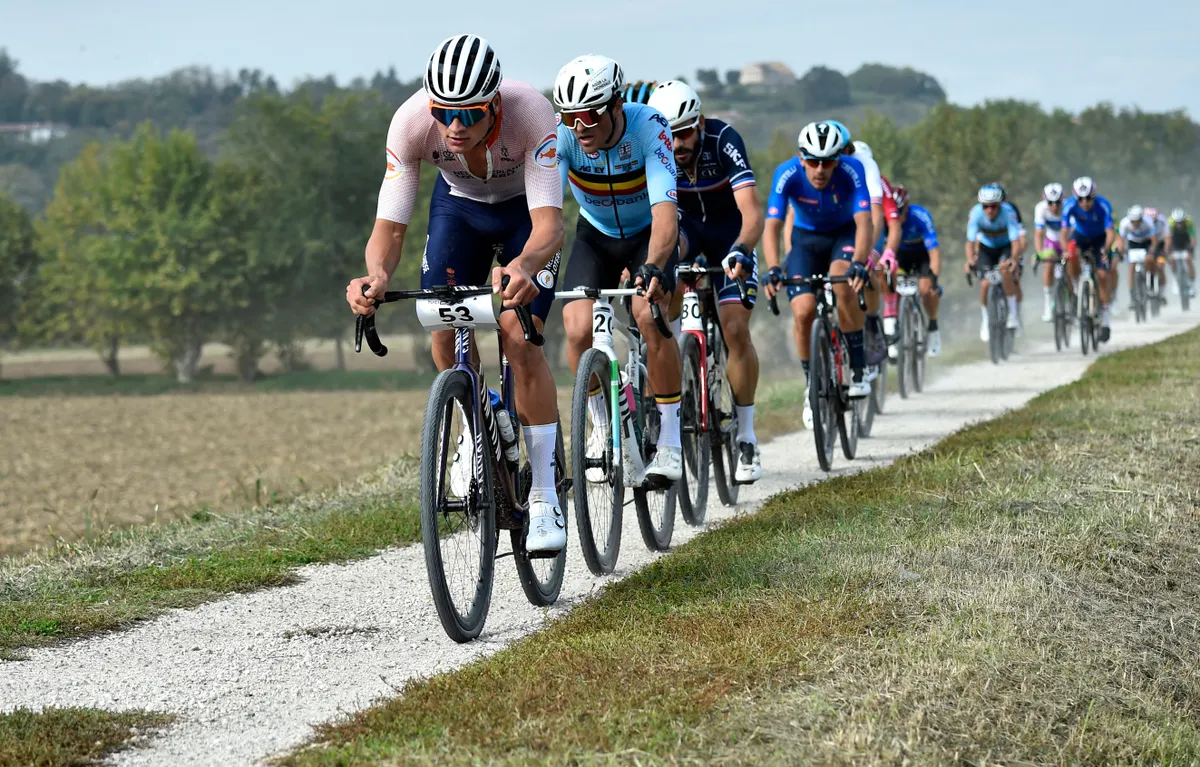
In a word, no. Although most events and courses will be geared towards gravel bikes, you could certainly use a mountain bike or cyclocross bike.
You’re likely to see a range of different steeds at gravel races. The inaugural women's UCI Gravel World Championships saw the podium occupied by a variety of bikes, including a BMC Kaius gravel bike and a Specialized Roubaix endurance road bike. Gianni Vermeersch won the men's race on a road bike.
Riders have also been known to race aero road bikes fitted with wide tyres for the smoothest of dirt courses, as well as MTB tandems and awesome adapted cycles at accessible courses such as the Dukes Weekender.
Where the course is known to be more technical, you might even prefer to ride a mountain bike, if you have one in your fleet. A lot of it comes down to personal preference and the terrain you’re likely to encounter.
Gravel race bikes

Despite being able to race on practically any bike, as gravel races – and gravel bikes – have developed we have seen brands release bikes targeted specifically at gravel racing.
The best gravel racing bikes tend to be made from carbon fibre with enough compliance built in to handle rough off-road riding. The best gravel race bikes tend to have aero-optimised frame shapes and geometry that puts you into a more aggressive racing position.
While many gravel bikes feature 1x drivetrains, you'll often find gravel racing bikes to have 2x drivetrains, which provide a big enough gear range to get over tough terrain but also reach high speeds on flatter sections.
Three gravel bike setup tips
If you’re looking to get your bike fine-tuned ahead of an event, here are three setup tips to consider.
Tyre choice is key
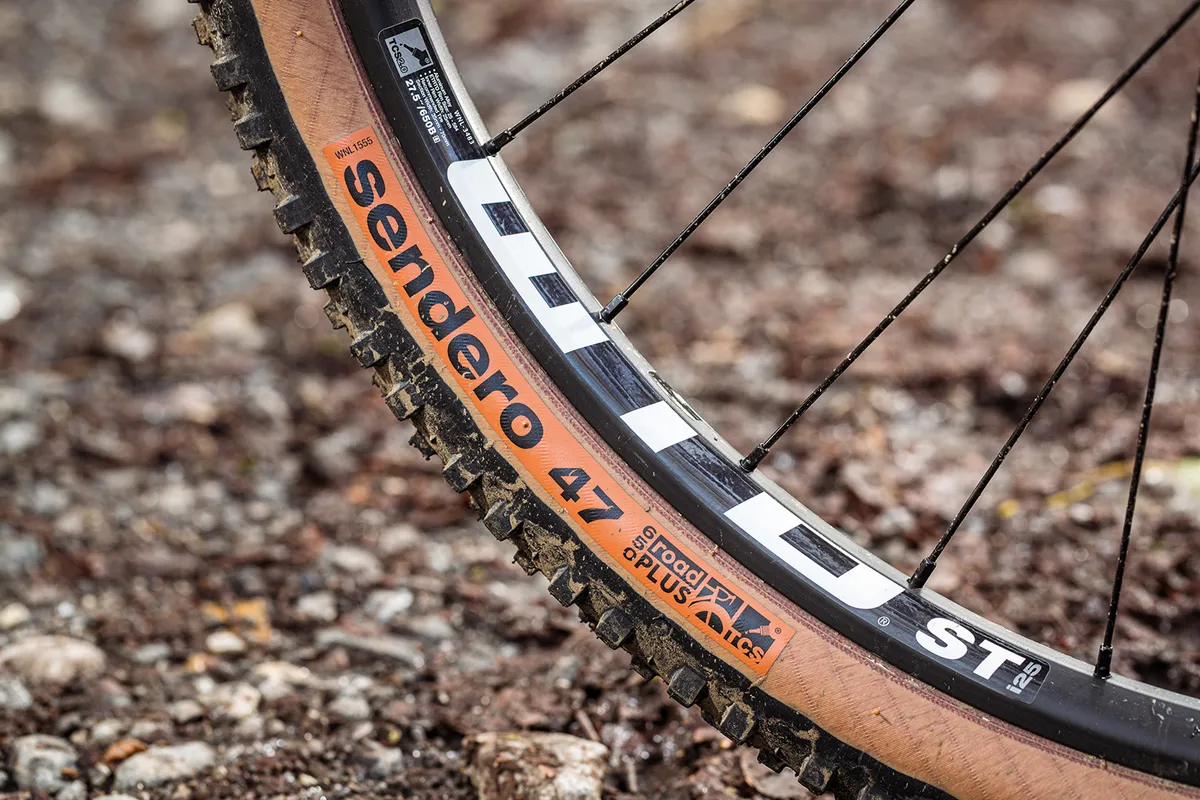
As your main contact with the ground, your tyres are the single component that can make the biggest difference to your ride. Think about how suited your tyres are to the course: is it likely to be wet or dry, rough or smooth, and how much is off-road vs road?
There’s plenty of choice when it comes to gravel racing tyres, including different wheel sizes and a broad range of tyre widths, so take a look at our guide to the best gravel tyres to narrow down your options.
If you haven’t yet ditched your inner tubes, consider switching to tubeless tyres. Investing in a tubeless setup can give you increased puncture protection and will also allow you to run lower tyre pressures for better grip. Both are important for off-road riding.
Tyre pressure can also be an important factor in how you and your bike fare, so it's worth establishing the optimum gravel tyre pressure for you, your bike and the terrain.
Be comfortable
Whether it’s a relatively short race or multiple days on the bike, you’ll need to be happy with your bike position in order to get the most out of your ride and stay comfortable.
Make sure you practise with your chosen setup before the event, whether that’s different components or a more aggressive bike fit.
For longer endurance races, consider using clip-on aero bars (if permitted) for additional hand-position options and to reduce drag.
Check your gearing

Heading to the mountains or sticking to the flatlands? Make sure you have the right gravel gearing at either end of your range, so you can put the power down on faster sections and also spin your way up steeper inclines.
If you’re carrying bikepacking bags, you’ll also need an easy enough gear to compensate for the additional weight.
What else do you need to get started?
The good news is you need very little to get into gravel bike racing.
However, just like any cycling discipline, you will need to make sure you have the tools and spares required for fixing a puncture. If you’re running a tubeless setup, you’ll need to know how to repair a tubeless tyre, in case you do get a cut the sealant can’t deal with.
The basics to carry include a mini-pump (capable of delivering enough volume to inflate your tyres), a spare tube or two, tyre boot, inner tube patches and tubeless tyre plugs. It’s also a really good idea to take a basic first aid kit with you.
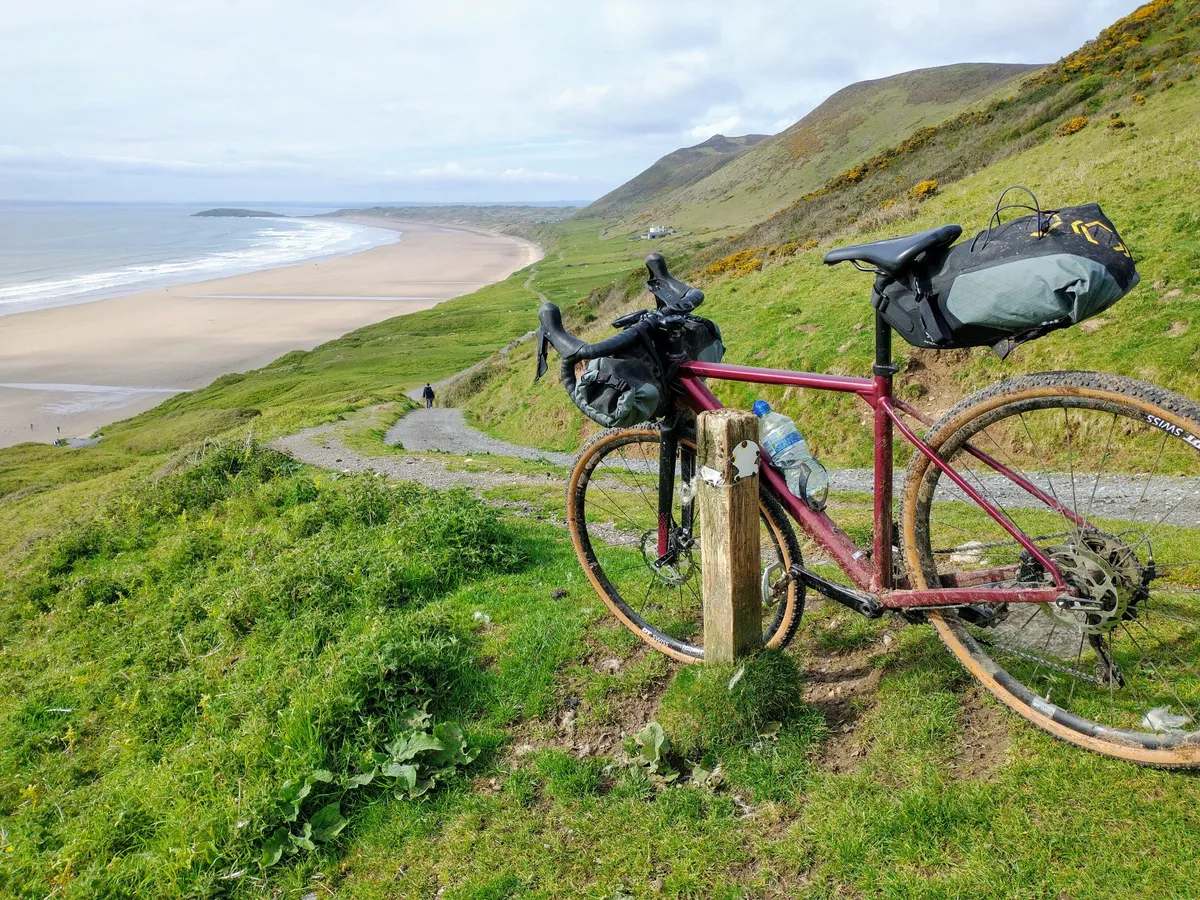
Make sure you have a couple of bottle cages on your bike so you can carry plenty of water between resupply points, and have a good idea of what nutrition works for you on the bike.
When it comes to the best gravel bike pedals, whether you use clipless or flat pedals will depend on your riding style and what you’re comfortable with.
If you use clipless pedals, gravel bike shoes are designed to provide a stiff platform for putting the power down, while still delivering off-bike grip and plenty of comfort for long rides. Most gravel shoes use an SPD-style cleat compatible with mountain bike pedals.
If you’re embarking on a multi-stage race, you’ll likely need more kit, including bikepacking gear or camping equipment to carry or be transferred between stages. With that in mind, if you’re new to gravel racing, it might be best to start out with a single-stage or enduro event.
Five of the best gravel races
Finally, here are five of our favourite gravel races to seek out for yourself. Be sure to check our UK gravel ride calendar 2024 for more events.
Grinduro
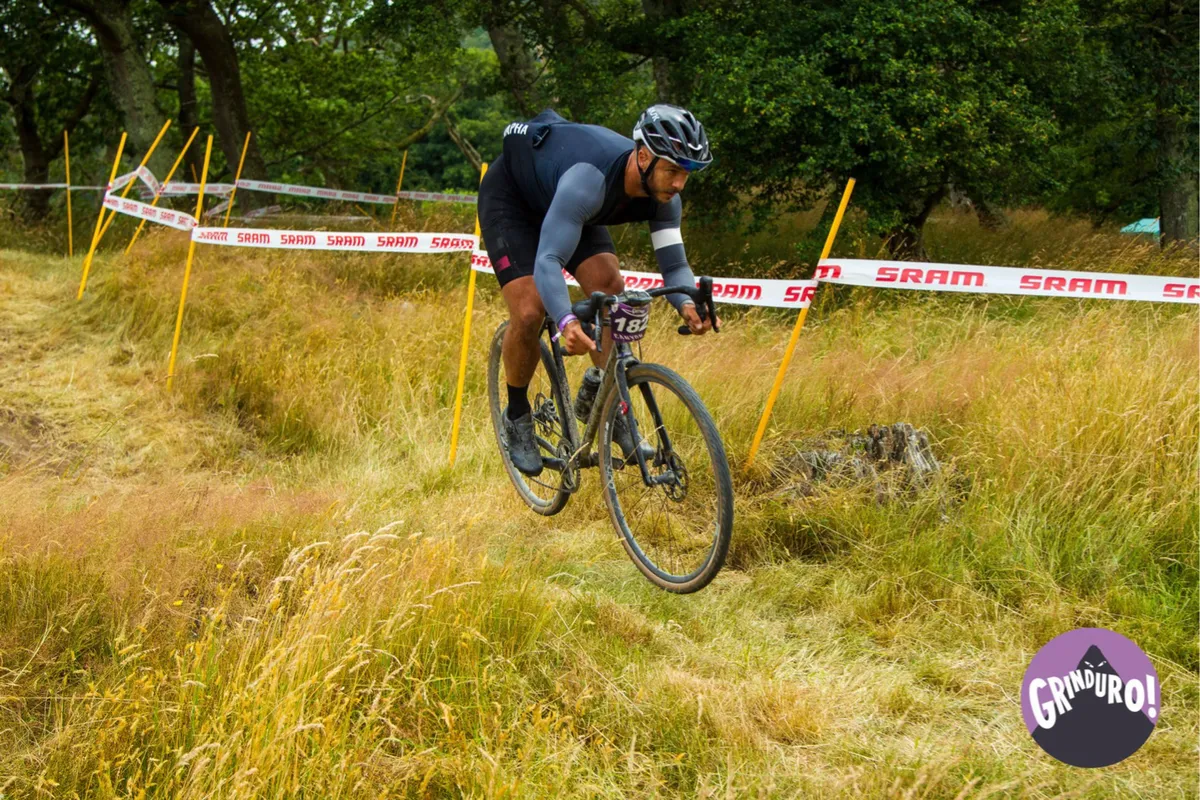
Founded in California in 2015, Grinduro now boasts no fewer than six race weekends worldwide, including events in Canada, Japan, Wales, Switzerland and Australia. They all share the same gravel enduro format – and a strong emphasis on the after-party, as well as the race.
Grinduro courses have a reputation for being a bit spicier than most gravel races, so you’re likely to see a few more mountain bikes lining up at the start than many other gravel events.
Unbound Gravel

Perhaps the best-known gravel event in the world, the 206-mile Unbound Gravel race in Emporia, is a huge day out over the flint hills of Kansas.
There are a number of other courses too, including 100, 50 and 25-mile options, plus a junior event. And don’t forget the new Unbound XL – more than 350 miles of gravel racing.
It’s not only the distances that are huge at Unbound Gravel – the event attracted more than 4,000 participants in 2021. The buzz around this small Midwest town is electric, with all the local businesses, from bars to diners, getting on board to welcome gravel racers from all over the world.
Dukes Weekender
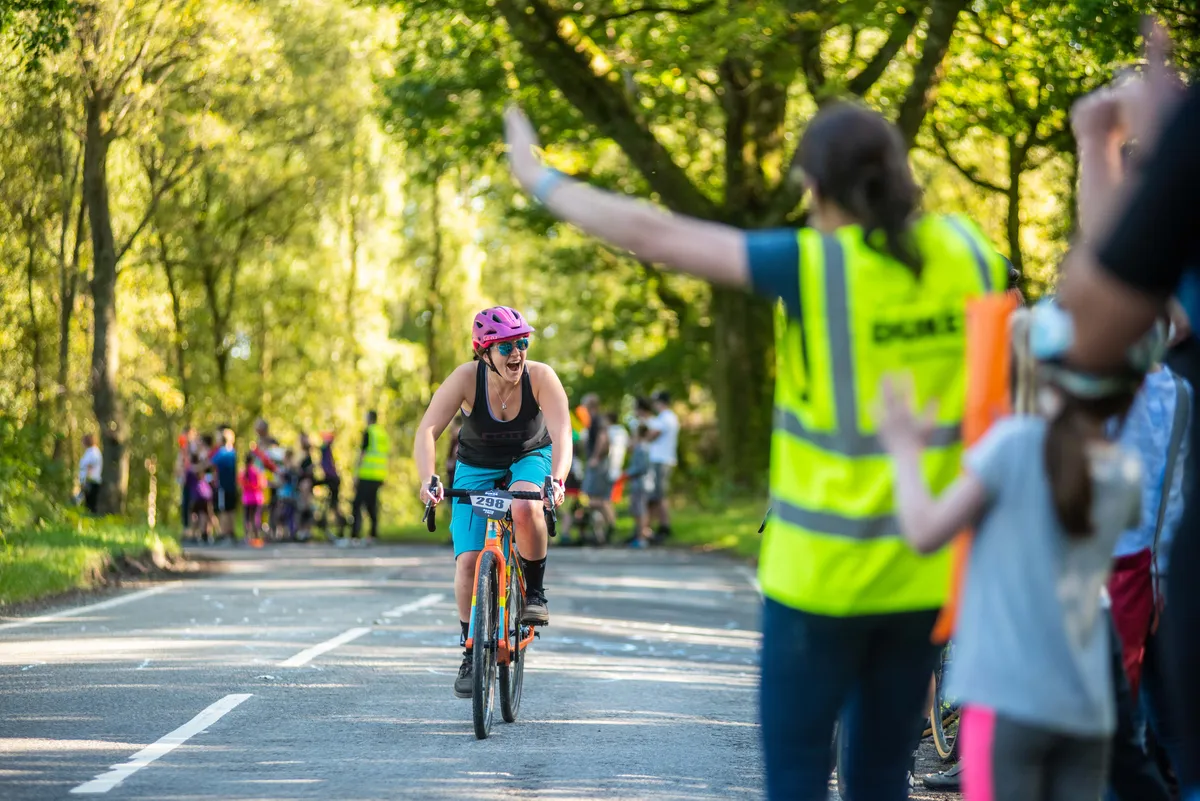
Set in the Scottish gravel paradise that is Gravelfoyle (aka Aberfoyle) in the Loch Lomond & The Trossachs National Park, the Dukes Weekender is a two-stage gravel race including a timed hill climb and gravel enduro.
Named after the Duke’s Pass – the road linking Aberfoyle and Loch Katrine that forms the hill climb course – the family-oriented weekend event also features evening entertainment and a 14km mini enduro for children.
Bohemian Border Bash
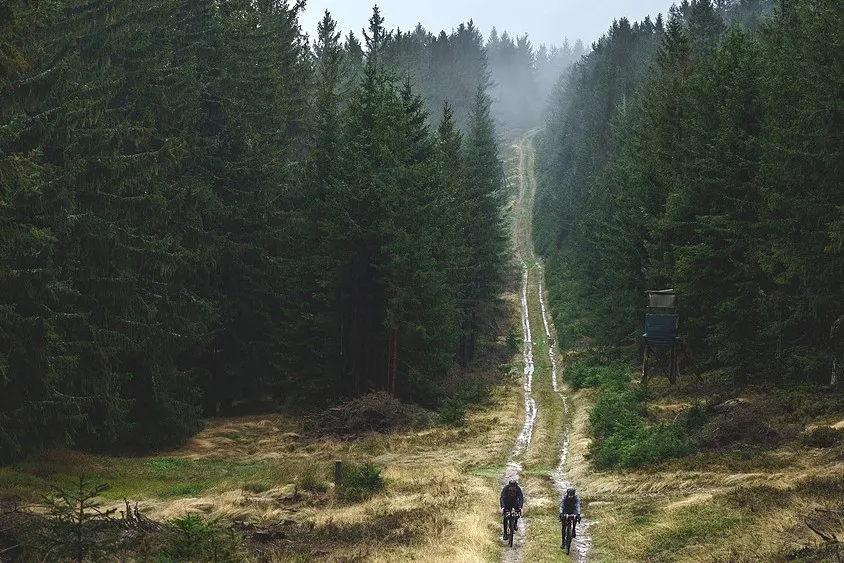
Stretching for more than 1,300km around Bohemia, and passing through Germany, Poland and the Czech Republic in the process, the Bohemian Border Bash is an almighty single-stage gravel race (which might also be referred to as a bikepacking race).
Riders follow the fixed route either as a solo entry or a pair, aiming to complete the loop in the shortest time possible. Not only will you have to conquer the distance, but you’ll need to look after yourself along the way, finding your own resupply and overnight spots.
TransRockies Gravel Royale

Crossing the Canadian Rockies over four days, with some 375 kilometres of racing and 7,000 metres of elevation gain in between, the TransRockies Gravel Royale is the most luxurious supported gravel stage race you could imagine.
You’ll be fed and watered at the start and end of every day, as well as at checkpoints along the way. You’ll also arrive at camp each night with your tent set up ready for you.
Make use of the showers, bike wash, massage therapists and sports physios travelling with you, to ensure both your body and bike stay in top working order.




